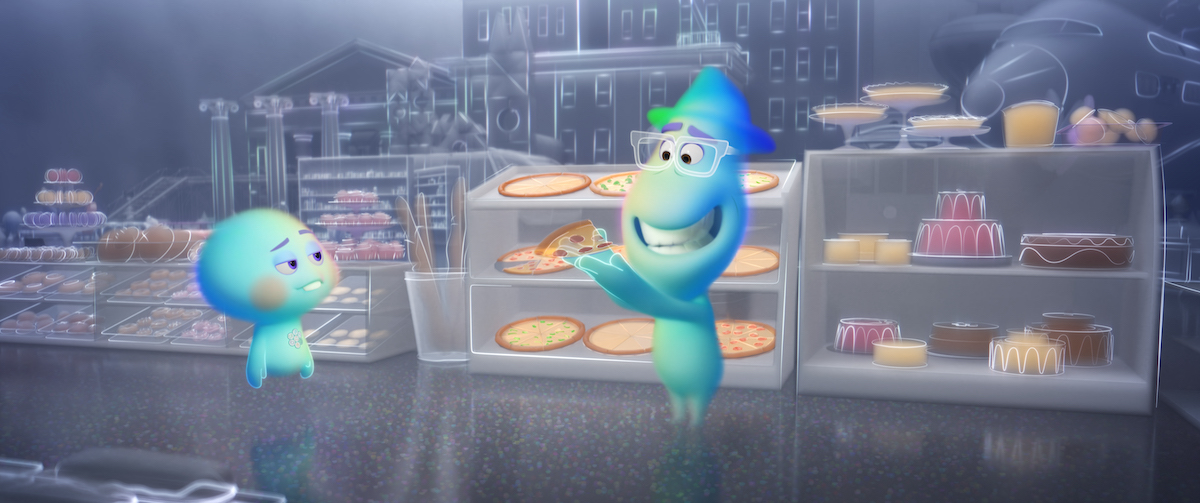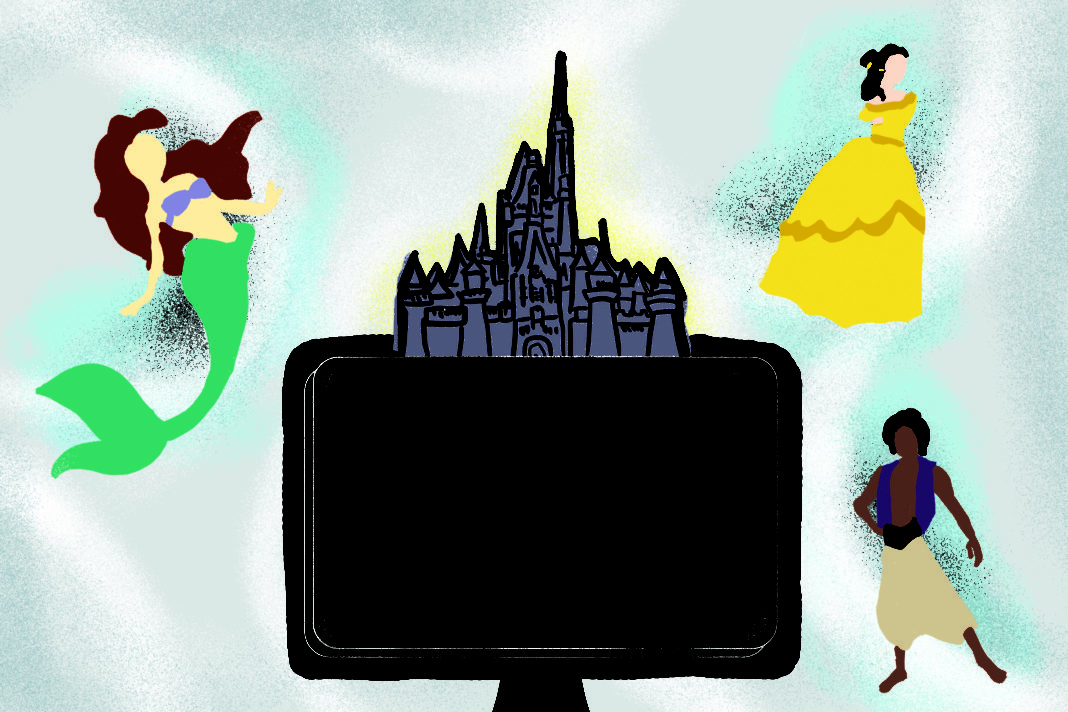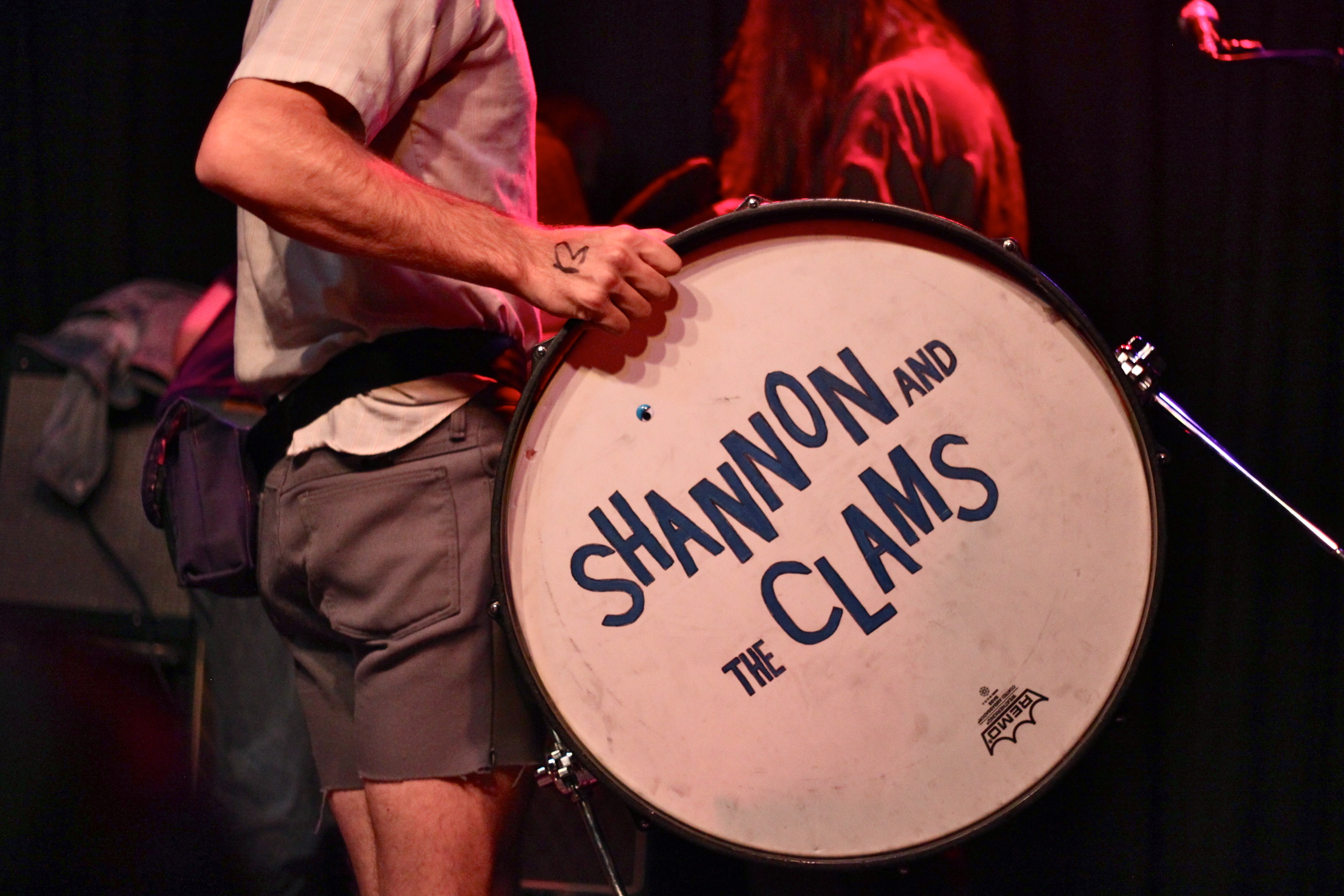Fabled animation studio Pixar’s newest adventure depicts Black culture like no other Disney film before it. Soul, raved by critics, is Pixar’s first film with a Black protagonist, and it’s been a long time coming. Black stereotypes have plagued the medium for decades, which begs the question: Has Pixar single handedly solved the problem, or is Soul yet another film that falls prey to pernicious racial tropes?
We’ve come a long way since the days of Shakespeare’s Othello and The Tempest, since the times of Lope de Vega’s El Santo Negro Rosambuco, or any of those 16th-century playwrights who were writing about “exotic moors.” Cinematic storytelling has improved and become more nuanced with regards to depictions of people of color. Still, many films from the ’80s and ’90s were still reveling in these tropes, where the selfless and flawless Black character is destined to help solve the white character’s problems. The Legend of Bagger Vance, for example, portrays Will Smith as a mystical caddie who serves no purpose but to help Matt Damon’s golf game. Sadly, most of Morgan Freeman’s career has been cursed with such typecasting: The Dark Knight Rises, Bruce Almighty, Shawshank Redemption—the list goes on. The problem lies in a lack of meaningful character development, and in the depiction of Black characters who magically disappear into the distance and are often not meant for us to care about.
So, could the same thing be said about Soul?
The film’s protagonist, Joe Gardner (Jamie Foxx), is a music teacher and jazz pianist in New York who dies early in the movie after excitedly tripping and falling into a manhole. Gardner is tasked with helping a snarky, disembodied spirit named 22 (Tina Fey) find her purpose once arriving in an incorporeal realm known as the Great Before. A good portion of the movie occurs in this neon-hued netherworld, where the Black character’s ghost needs to help the white character’s ghost. It’s no secret that this veil of transfiguration is a reliable strategy of Disney’s as well, placing characters in colorful alternate realities only to give more screen time to animals and creatures than to any actual people of color. One cannot help but raise a brow at films like Coco, Princess and the Frog, The Emperor’s New Groove and The Spies In Disguise—which all have tactics to divert eyes away from skin color and towards frogs, llamas, skeletons, seagulls and ghosts.
Half of Soul’s plot is centered on events occurring in a magical world rather than New York City, suggesting that Hollywood is still fettered to regressive tradition and concerned about going “full Black.” Yes, Pixar has undoubtedly put out an incredible adventure that is most certainly Black, but it is not without some myopic lapses in artistic judgment.
Pixar stalwart Pete Docter headed Soul’s production, but the project also had a Black co-director, Kemp Powers. With jazz as a driving inspiration for the movie, the team brought in Black artists and consultants to get it right, including such luminaries as Herbie Hancock and Terri Lyne Carrington. In a Variety article about the film from last year, Docter explained, “We wanted to be as correct as we could [and] as authentic as we could.”
Clearly, the team didn’t want to half-ass the film—on the contrary, they wanted Soul to be a giant leap for Black culture and work to desegregate Hollywood animation. And, in a small way, Soul is indeed the sign of progress.
Some believe that it has achieved all of its goals, through dispelling racial stereotypes, subverting long standing tropes and placing Black people and culture front and center. Soul, above all, is Gardner’s story and not 22’s. No selfless or flawless Black character exists, and no Mary Poppins-esque character magically floats away at the end of the movie. Gardner arrives on-screen fully-formed, with baggage and a defined arc. Both Gardner and 22 learn of themselves by way of each other. And, although there is the semblance of the magical mentor appearing out of nowhere and of people of color turning into de-anthropomorphized beings, Soul, as Jamie Foxx states in the aforementioned Variety piece, is unapologetically Black. Sure, it would have been nice if it spent less time in the Great Before and more time in a diverse urban landscape—but Soul is, nonetheless, contemporary animation’s first step towards eradicating the soulless tropes of past storytelling.






